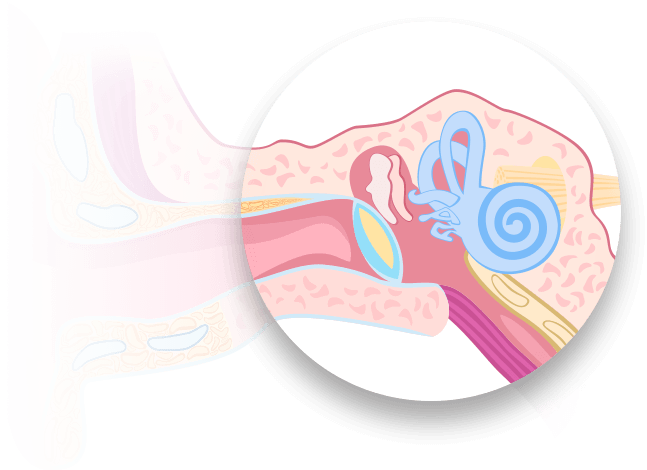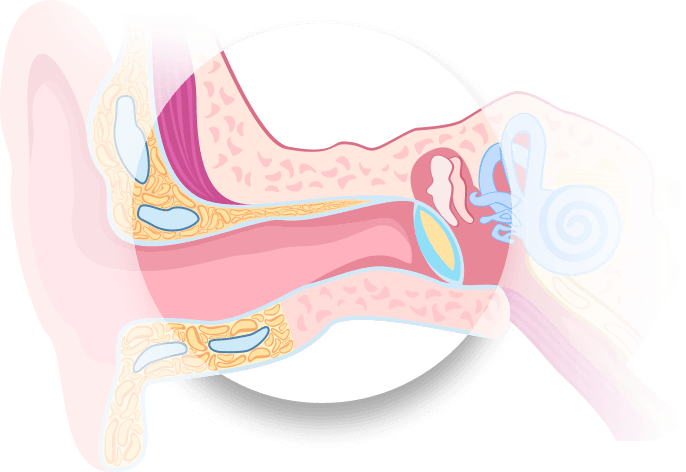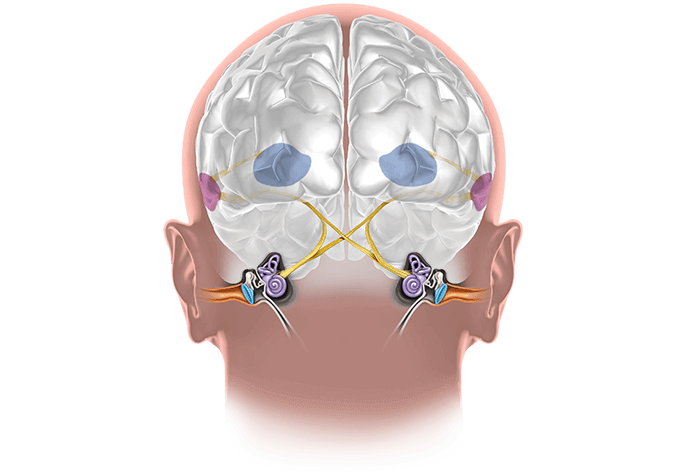Your brain and ears collaborate to hear
Your brain filters out a flood of irrelevant sounds so you can concentrate on the information you want. So, whether you are at a restaurant, in a crowded mall or have the television on in the background as you talk on the phone, your brain is working to prioritize incoming sounds.
A healthy hearing system recognizes low-frequency sounds like a double bass, high-frequency sounds like birds singing and everything in between. Your brain needs to process all volumes, from very quiet sounds like a mosquito to extremely loud noises, like a jet airplane. The brain uses sound to orient you when you enter a new space and in alerting you to danger.












